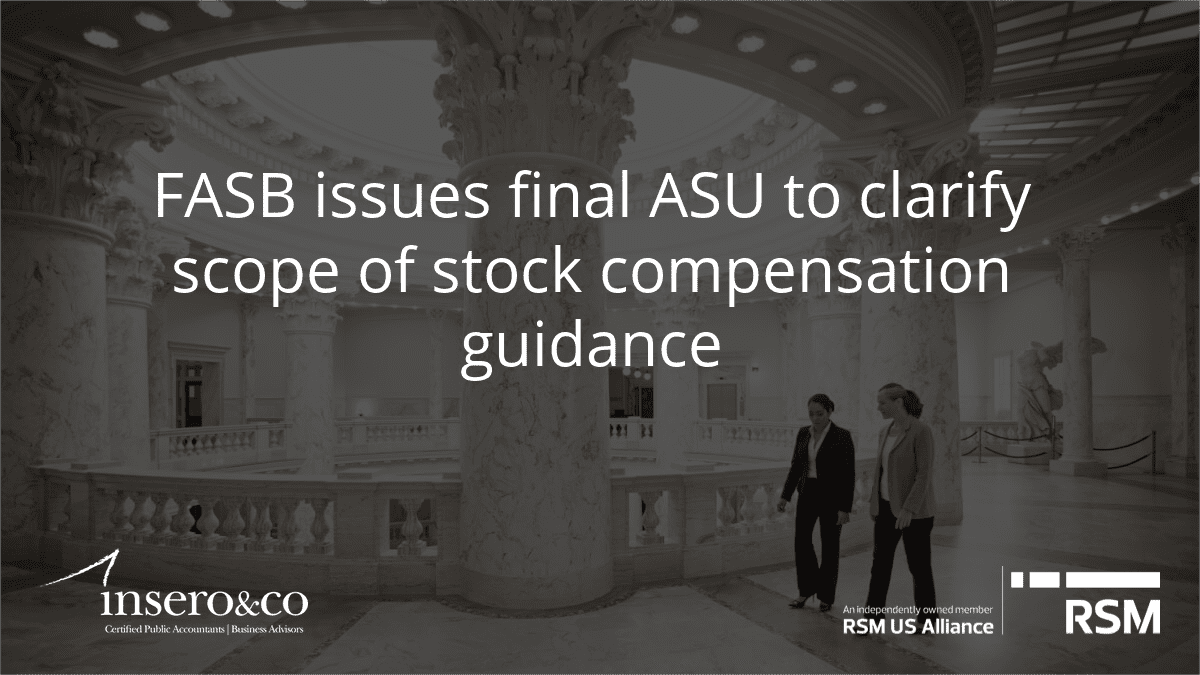This issue’s topics include:
Help retirees plan their retirement spending, survey says
Long after defined benefit (DB) plans became scarce in the private sector, many employees still mourn their departure. With DB plans, participants are given an estimate of their monthly benefit at retirement. However, with defined contribution (DC) plans, participants often lack confidence in their understanding of how much their DC plan will provide in monthly income when they start drawing down their accounts. This article discusses why more and more 401(k) plan sponsors are beginning to try to address this concern in various ways — without revisiting the DB plan model. A short sidebar provides some statistics for plan sponsors on keeping plan assets from being transferred out of the plan.
ERISA disclosure 101: A quick overview of plan sponsor obligations
Qualified retirement plan sponsors are subject to many disclosure requirements. This article provides a “top ten” (and thus incomplete) list of key required defined contribution plan disclosure documents from the Department of Labor (DOL), offered to reinforce a general understanding of those requirements. A note of caution: This list doesn’t include IRS disclosure requirements. Also, while disclosures are generally directed to plan participants, a plan beneficiary, in the case of a participant’s death, typically would also be covered by the disclosure rules.
Not every plan that benefits retirees is an ERISA plan
The fact that a compensation arrangement can provide a substantial source of income in retirement doesn’t make it subject to ERISA. That was the result the U.S. Court of Appeals for the Second Circuit delivered to three former partners of Booz Allen, a consulting company. This article reviews the case, which serves as a helpful primer on the definitional limits of an ERISA “retirement” plan.
Appeals court sacks spouse’s attempt for QDRO
What makes a domestic relations order a qualified domestic relations order, or QDRO? The distinction is essential for retirement plan administrators when deciding whether to accept a state court’s instructions to turn over some portion of a plan participant’s (or, in some cases, a deceased participant’s) retirement plan assets to an “alternate payee.” This article briefly looks at this difference, as it was part of a legal battle waged by the former spouse of a deceased professional football player covered by the NFL’s retirement plan.
Compliance alert
This feature lists a few key tax reporting deadlines for June and July.
As always, we hope you enjoy this edition of our newsletter and we look forward to receiving your feedback. Should you have any questions regarding the information contained in the attached materials or our Employee Benefit Plan Services, please feel free to contact me directly.
Want to learn more?
Join our Employee Benefit Plan Resources group on LinkedIn for more frequent updates on recent developments and best practices and discuss related topics with your peers.





